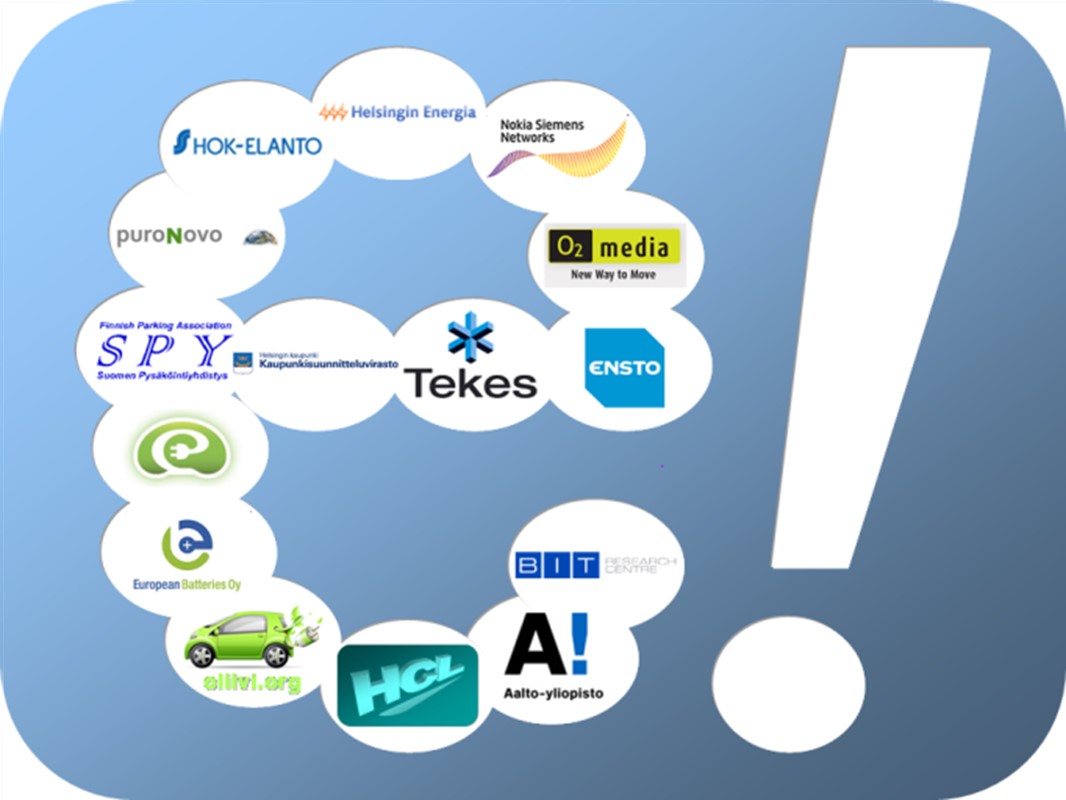Objectives
The overall aim of SIMBe was to significantly accelerate the introduction of sustainable electric mobility in Finland, with a focus on built environments.
Based on the smart energy production and distribution scenario, in which electric and hybrid vehicles’ batteries will deliver energy on demand to the grid, SIMBe prepared key Finnish industrial players and consumers for the transition to this new energy-transportation paradigm.
In the frame of the Tekes Sustainable Community programme, SIMBe complemented the building- and real estate based concepts of sustainability (e.g. smart houses) with a concrete deployment plan for electric mobility. Participants overcame the momentary chicken-egg problem of market entry as SIMBe concepts will enable them to develop concrete services for (and together with) mobile citizens as end users.

The detailed objectives were
- Collate known enablers and accelerators for electric mobility in built environments, including the smart garage model, new types of vehicles, components, infrastructure and services (the latter with a focus on vehicle pooling and vehicle fleet provision).
- Integrate the various stakeholders views into a consistent and robust stakeholder value analysis
- Analyse the strongest levers for fast market introduction, including societal acceptance accelerators (incl. trend setting mechanisms), disruptive business and market entry models etc. and identify robust roadmaps outlining how to put these levers into action.
- Assemble value chain or value network models that exploit the market introduction levers and optimise stakeholder value as a whole – always based on sustainability as the underlying concept.
- Predict the evolution of electric mobility in Finland in its major facets over time, from short term (i.e. 2012) to long term views (i.e. 2040).
- Link and possibly integrate electric mobility (with its individual and public transport aspects, as well as mobility-as-a-service models) into classic and new utility business models, disruptive power storage models by new energy market entrants, infrastructure planning and provision and general traffic and city planning.
- Collate viable models for coordination, monitoring, navigating and accounting (billing) of both traffic as a system as well as individual vehicles and their power storage units (i.e. batteries) with their charging and uploading times and amounts.
- Propose organisational development models, which enable new forms of collaboration and embrace latest trends in uncertainty management.
- Establish, test, and deliver a strategic action plan for the deployment of an infrastructure of battery-charging (and swapping) stations and charging points in Helsinki city (and Vantaa).
- Identify legislation areas, which need to change to adopt the new energy-transportation paradigm. Outline the ideal changes (e.g. concerning taxation or parking fees)
- Conduct a first pilot for electric mobility in Helsinki, e.g. along the introduction of electric vehicle fleets for companies, hotels (HOK Elanto Sokos brand) and/or Helsinki city.
- Provide guidelines for market transition and entry, including earning models.


